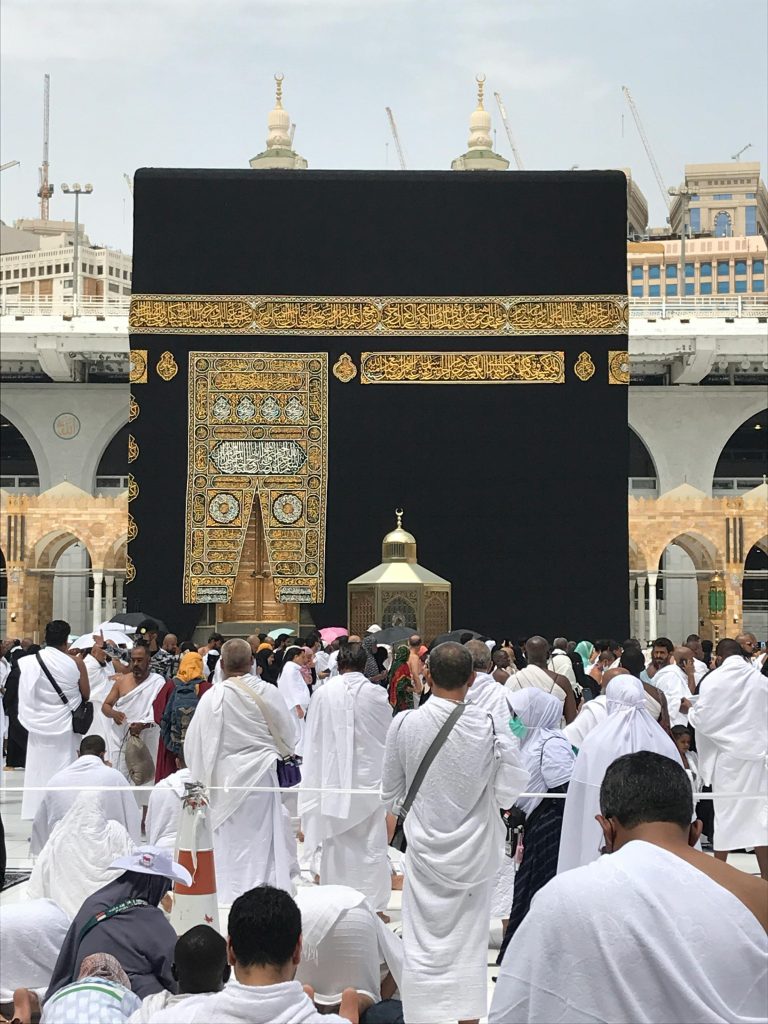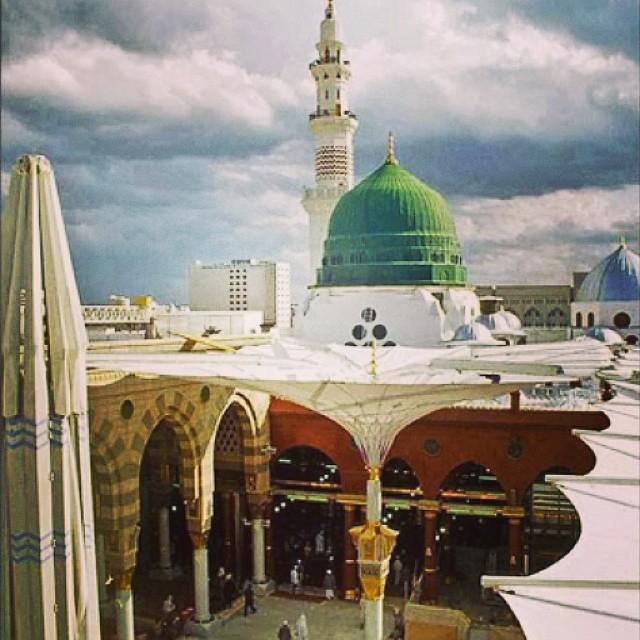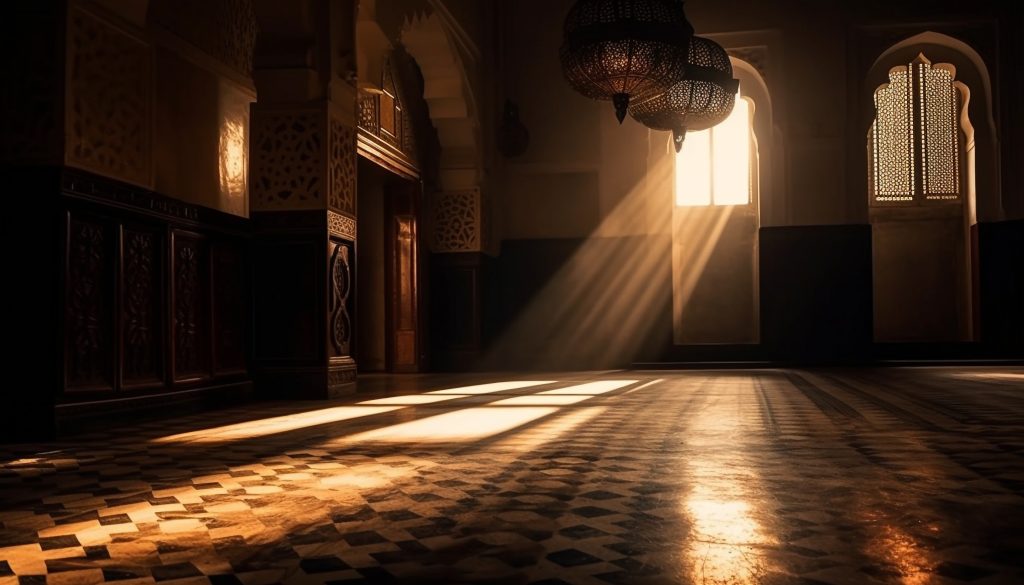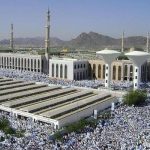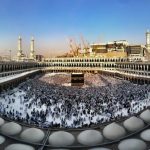“Umrah International is dedicated to guiding you on your spiritual journey, providing insightful information and support for your Hajj pilgrimage. Let us help you embark on this transformative experience with ease and devotion.”
Introduction: The Essence of Hajj
Hajj, the fifth pillar of Islam, is a transformative pilgrimage to Mecca that takes place annually from the 8th to the 13th of Dhu al-Hijjah. In 2023, this revered event will commence on June 26, with expectations for attendance to reach around 2.5 million pilgrims, reminiscent of pre-pandemic levels. This pilgrimage is a profound spiritual journey that unites Muslims from around the world in faith, devotion, and communal harmony.
The Origins of Hajj: A Historical Perspective
The rituals of Hajj trace back to the time of the Prophet Muhammad, who formalized them during his pilgrimage in A.D. 628. Rooted in the narratives of the Prophet Ibrahim (Abraham), Hajj encompasses stories that highlight unwavering faith, resilience, and the deep connection between humanity and the divine.
Ibrahim and Hajirah: A Testament to Faith
Central to the Hajj narrative is the story of Ibrahim, who was commanded by God to leave his wife Hajirah and their infant son Ishmael in the unforgiving desert near the Kaaba. Their struggle for survival culminated in a miraculous provision of water from the Zamzam well, symbolizing divine mercy and the importance of trust in God.
The Trial of Sacrifice
Another pivotal moment in this narrative is Ibrahim’s test of faith when asked to sacrifice his son. This episode is commemorated through the symbolic act of casting stones at the Jamarat pillars, representing the rejection of temptation and the affirmation of faith in God’s plan.
The Rituals of Hajj: A Journey of Devotion
Hajj encompasses a series of rituals that pilgrims perform in a prescribed sequence, reflecting their dedication and humility before God.
Different Forms of Hajj
Hajj can be undertaken in three primary forms:
- Hajj Qiraan: Pilgrims perform both Umrah and Hajj in one journey.
- Hajj Thamattu: Involves performing Umrah first, followed by Hajj.
- Hajj Ifraad: Focuses solely on the Hajj without the Umrah.
Entering Ihram: A Symbol of Purity
Before entering Mecca, pilgrims enter a state of ihram, symbolized by simple white garments that emphasize equality and purity among all participants. This state signifies the pilgrim’s intention to undertake the sacred journey.
Tawaf: Circling the Kaaba
Upon arrival, pilgrims perform tawaf, circling the Kaaba seven times in a counter-clockwise direction. This act signifies unity among believers and submission to God’s will, reinforcing the bonds of faith.
Saiy: The Search for Water
Following tawaf, pilgrims reenact Hajirah’s search for water by walking between the hills of Safa and Marwah. This ritual serves as a reminder of faith, endurance, and divine provision.
The Day of Arafat: A Time of Reflection
The pinnacle of Hajj occurs on the 9th of Dhu al-Hijjah at the plain of Arafat. Pilgrims gather to stand in prayer and reflection, seeking forgiveness and mercy. This day holds immense spiritual significance, commemorating the completion of the faith as delivered by the Prophet Muhammad.
A Night Under the Stars: Muzdalifah
After Arafat, pilgrims proceed to Muzdalifah, where they spend the night under the open sky. This experience fosters a sense of community, allowing pilgrims to collect stones for the rituals ahead and engage in prayers of gratitude.
The Sacrificial Ritual: Eid al-Adha
On the 10th of Dhu al-Hijjah, known as Eid al-Adha, pilgrims participate in the ritual of sacrifice. Each pilgrim arranges for the sacrifice of an animal in remembrance of Ibrahim’s willingness to obey God. The meat is then distributed to those in need, reinforcing the values of charity and compassion within the community.
The Jamarat: Casting Away Evil
The pilgrimage continues as pilgrims return to Mina to throw stones at the three Jamarat pillars. This act symbolizes the rejection of evil and the reaffirmation of faith, serving as a powerful reminder of Ibrahim’s trials.
The Conclusion of Hajj: Farewell Tawaf
As the pilgrimage draws to a close, pilgrims perform the farewell tawaf, symbolizing the completion of their spiritual journey. This ritual encapsulates the deep commitment to faith and the unity experienced throughout the Hajj.
The Transformative Power of Hajj
Hajj is more than a physical journey; it is a spiritual odyssey that offers pilgrims the opportunity to cleanse their souls and renew their faith. It emphasizes unity among Muslims, transcending geographical and cultural boundaries, and fostering a global sense of belonging.
Conclusion: A Journey of Faith and Community
Hajj is a sacred pilgrimage that embodies the essence of faith, sacrifice, and communal solidarity. As pilgrims undertake this profound journey, they carry with them the lessons and stories of Ibrahim and Hajirah, reinforcing the values of trust, resilience, and devotion to God.
Umrah International invites you to embark on this remarkable journey, ensuring that your Hajj experience is both spiritually enriching and fulfilling. Let us guide you through the rituals and significance of Hajj, helping you create lasting memories on this sacred path.

